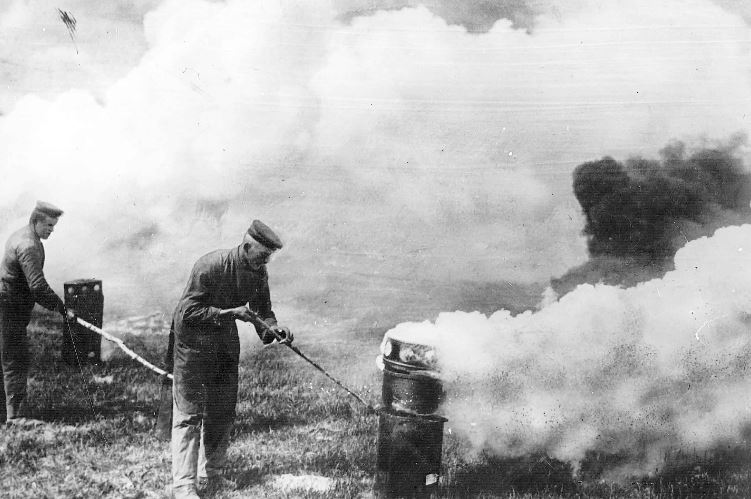
Understanding the Risks of Mustard Gas
Mustard gas, also known as sulfur mustard, is a chemical warfare agent with devastating effects. It is a colorless or yellowish liquid that can cause severe harm to the skin, eyes, and respiratory system. First used in World War I, mustard gas is notorious for its blistering properties, leading to its classification as a chemical weapon. Despite its historical use in warfare, understanding its risks is crucial for preventing and managing exposure in various contexts.
Health Risks and Symptoms
Exposure to chemical gas can lead to severe health complications. Inhalation of the gas can cause respiratory damage, including coughing, difficulty breathing, and lung damage. Skin contact with mustard gas results in painful blisters, which can become infected if not treated properly. The chemical can also irritate the eyes, leading to severe conjunctivitis and potential blindness. Long-term exposure or high doses can result in chronic health issues, including cancer and damage to internal organs.
Environmental Impact
Chemical gas poses significant environmental risks. Its persistence in the environment means that it can remain hazardous for years after its release. Contaminated soil, water, and air can lead to prolonged exposure risks for humans and wildlife. Cleaning up mustard gas contamination requires specialized procedures and precautions to prevent further environmental damage and human exposure.
Handling and Safety Measures
Due to its dangerous nature, handling mustard gas requires stringent safety measures. Protective clothing, including gas masks and full-body suits, is essential to prevent exposure. Proper ventilation and containment are crucial when working with or disposing of mustard gas. Specialized training and protocols ensure that individuals who may come into contact with the substance understand the risks and know how to manage emergencies effectively.
Regulations and Control
International regulations, such as the Chemical Weapons Convention (CWC), aim to control and eliminate the use of chemical gas and other chemical weapons. The CWC prohibits the production, stockpiling, and use of chemical weapons, including chemical gas, and promotes their destruction. Compliance with these regulations helps prevent the resurgence of chemical warfare agents and protects public health and safety.
Emergency Response and Treatment
In case of mustard gas exposure, immediate medical attention is crucial. Decontamination procedures, such as removing contaminated clothing and washing the affected skin, help reduce the severity of symptoms. Medical treatment focuses on managing symptoms and preventing complications, with specific antidotes available for chemical gas poisoning. Emergency response teams trained in handling chemical incidents play a vital role in managing and mitigating the effects of gas exposure.
Conclusion
Understanding the risks associated with mustard gas is essential for ensuring safety and preparedness. Its severe health effects, environmental impact, and stringent handling requirements highlight the importance of following safety protocols and regulatory measures. By adhering to safety guidelines and emergency response procedures, individuals and organizations can manage the risks associated with mustard gas effectively. Ongoing vigilance and compliance with international regulations continue to play a crucial role in preventing the harmful effects of this dangerous chemical.




